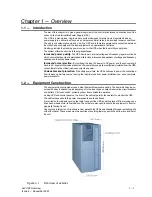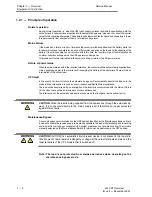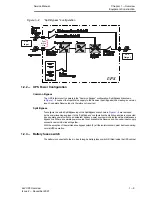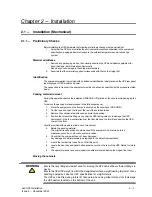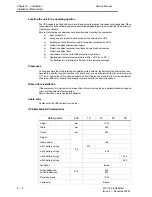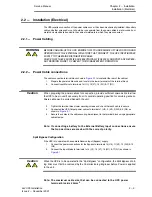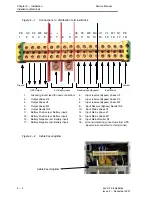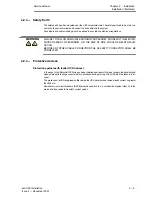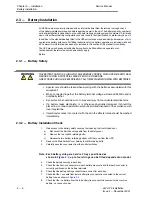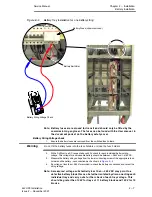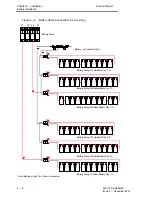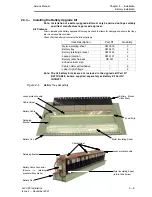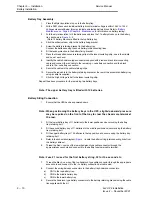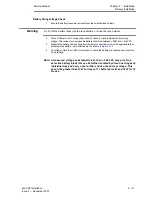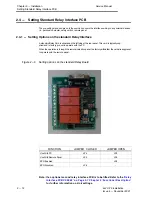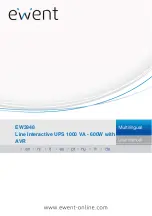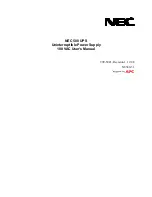
1 - 1
3x3 UPS Overview
Issue 2 - November 2001
Chapter 1 - Overview
1.1 - Introduction
The aim of this chapter is to give a general overview of the, control principles and construction of the
series onĆline Uninterruptible Power Supply (UPS).
The UPS is a standĆalone, single module, system designed to furnish a well regulated 3 phase
power supply to a critical load, such as a computer, under all rated load and input supply conditions.
The unit is of a category known as an `onĆline' UPS and is therefore permanently connected between
the utility 3Ćphase supply and the load equipment and operational at all times
A battery provides the standĆby power source for the UPS when the input utility supply fails.
The system offers the user the following advantages:
Increased power quality.
The UPS has its own internal voltage and frequency regulator circuits
which ensure that its output is maintained within close tolerances independent of voltage and frequency
variations on the utility power lines.
Increased noise rejection
.
By rectifying the input AC power to DC power, and then converting it
back to AC, any electrical noise present on the input utility supply line is effectively isolated from the UPS
output, therefore the critical load sees only clean power.
Powewr blackout protection
.
If the utility power fails, the UPS continues to power the critical load
from its backĆup battery source, leaving the load immune from power disturbances ć even complete
power blackouts.
1.2 - Equipment Construction
The equipment is constructed around a steel frame with removable panels. The door which can be seĆ
cured with a key is opened to give easy access to the input, bypass, output, reserve line circuit breakers
and battery C.B. fused switch, protecting them from accidental operation.
A string LED and control panel on the front of the cabinet permits the operator to monitor the UPS.
The cabinet houses both the power components and the batteries.
It is carried on four wheels. Jacking feet help to support the UPS, and also prevent it from moving once
it has been wheeled into its final position. These feet are also used to secure the equipment to its shipĆ
ping pallet during transit.
Cooling is by internal fan. Air is drawn in from beneath the UPS and exhausted through ventilation grills
of the front panel. These areas must be kept free of anything that may avoid the air flow into and out of
the unit.
Figure 1-1
Front view of cabinet.















